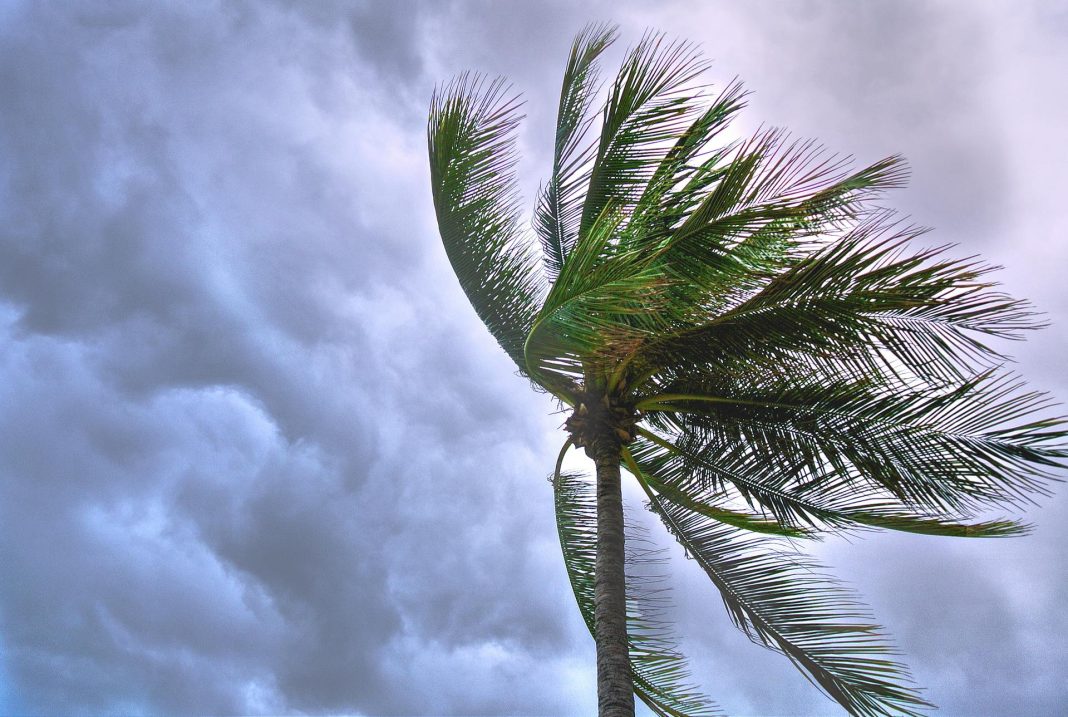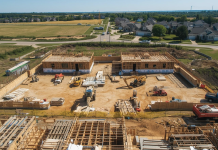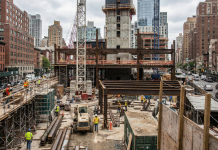Storms are unpredictable. One moment it is peaceful, and the next, there is heavy rain, high winds, and flooding that are damaging your house. As a homeowner, a terrible storm will leave you in a state of stress and wondering what to do next. The good news is that with the correct measures, you can restore your house and make it safe from future problems.
This guide will take you through the complete process of storm damage restoration, from the first inspection to the final repair. By the end, you will know exactly what to do to keep your home safe, recover quickly, and prevent future damage.
Understanding Storm Damage
The damage from the storm may be slight cosmetic damage to significant structural damage. Knowing the type of damage you sustain allows you to act in a timely manner. The most common types are:
- Roof Damage – Strong winds can blow away shingles, break tiles, or cause holes.
- Water Damage – Heavy rain or flooding can leak into your home, damaging walls, floors, and furniture.
- Broken Windows and Doors – Flying debris can break glass or damage frames.
- Structural Damage – In severe cases, parts of your home’s structure may shift or crack.
- Mold Growth – Moisture left behind after a storm can lead to harmful mold if not treated quickly.
Some of the damage is evident, like a broken window, but others, like water in walls, can be hidden. Doing something sooner than later prevents minor problems from becoming major repairs.
Safety First After a Storm
Make sure your house is safe to enter after a storm before you go in. Your safety is more critical than repairs.
- Stay away from fallen power lines.
- Avoid standing water because it might hide electrical hazards.
- Wear protective gear like gloves, boots, and long sleeves.
- Use a flashlight instead of candles to avoid the risk of fire.
In case you notice gas leaks, serious flooding, or damage to the structure, quickly call emergency services. Never try to make any repairs before professionals have confirmed that it is safe.
Document the Damage
One of the first steps after a storm is to record all the damage for your insurance claim. Without proof, it can be harder to get full compensation.
- Take clear photos of every damaged area.
- Record videos showing the overall condition.
- Save receipts for temporary repairs or cleanup supplies.
Call your insurance company right away and give the documentation. The sooner you file the claim, the earlier you can get approval for repairs.
Temporary Fixes to Stop More Damage
Full repairs may take some time, but you can do small things to salvage your home from further damage:
- Cover roof holes with waterproof tarps.
- Board up broken windows to keep out rain and animals.
- Use sandbags to block floodwater from entering.
- Move furniture and electronics to a safe, dry location.
These actions can spare further costs and make the restoration process easier in the future.
Get a Professional Storm Damage Assessment
Even if you think the damage is minimal, it is ideal to bring in an expert to be sure. Storm restoration experts have tools to uncover hidden problems. They can:
- Inspect roofs, walls, and foundations for damage.
- Check for mold and mildew growth.
- Test for moisture in walls and floors.
- Create a detailed repair plan with cost estimates.
A professional inspection avoids missing hidden issues that can lead to costly repairs in the future.
The Storm Damage Restoration Process
Now you know the full extent of damage, so it’s time to begin restoration. The process generally happens in the following steps:
Water Removal
If there was flooding, specialists will use pumps and vacuums to remove standing water as quickly as possible. This keeps structural rot and mold from developing.
Drying and Dehumidifying
High-powered fans and dehumidifiers remove moisture from walls, floors, and furniture. Depending on the level of damage, this step may take several days.
Cleaning and Sanitizing
Floodwater may contain bacteria, dirt, and even sewage. Experts clean and disinfect every surface that has been affected to make your home safe.
Mold Remediation
If mold is present, it must be removed immediately to protect your health. Experts use special equipment and treatments to get rid of mold and prevent it from returning.
Repairs and Reconstruction
This is the final stage, where your home is restored to its original condition. This may include repairing roofs, installing new drywall, painting, or even rebuilding structures that were damaged.
Choosing the Right Restoration Company
Not all companies are the same, so you need to choose wisely. Look for a team that offers:
- 24/7 emergency services.
- Proper licenses and insurance.
- Positive customer reviews.
- Experience with storm damage restoration.
- A clear written estimate before work begins.
If you search online for water damage restoration near me, you’ll find local professionals who can respond quickly to emergencies. Local companies often arrive faster and understand the specific weather challenges in your area.
Preventing Future Storm Damage
You can’t stop storms from happening, but you can make your home stronger:
- Trim trees near your home to prevent branches from falling.
- Clean gutters regularly to avoid water overflow.
- Check your roof for loose shingles or weak spots.
- Seal windows and doors to keep out water.
- Install a sump pump if your basement floods often.
These preventive measures can save you from expensive repairs in the future.
Tips for a Faster Recovery
Recovering from storm damage can feel overwhelming, but these tips can help:
- Act quickly to prevent further damage.
- Keep all receipts and documents for insurance purposes.
- Stay in contact with your restoration company for progress updates.
- Be patient—large repairs take time, but rushing can lead to poor-quality work.
Final Thoughts
Storm damage can turn your world upside down, but taking proper steps will have you back to normal sooner. Always start with safety, photograph all for insurance, and get professional help to ensure damage is properly repaired.
By being ready and understanding what to do after a storm has come through, you can protect your home, finances, and stress. Regardless of whether the issue is a small leak or extensive flooding, the answer is the same: move quickly and get your house fixed right.











